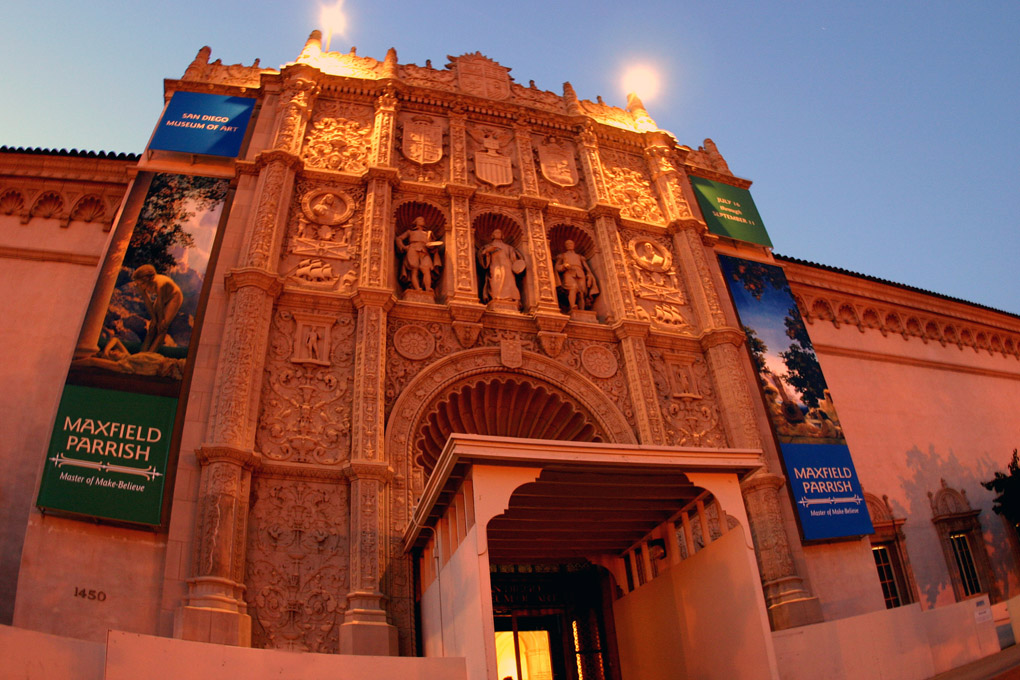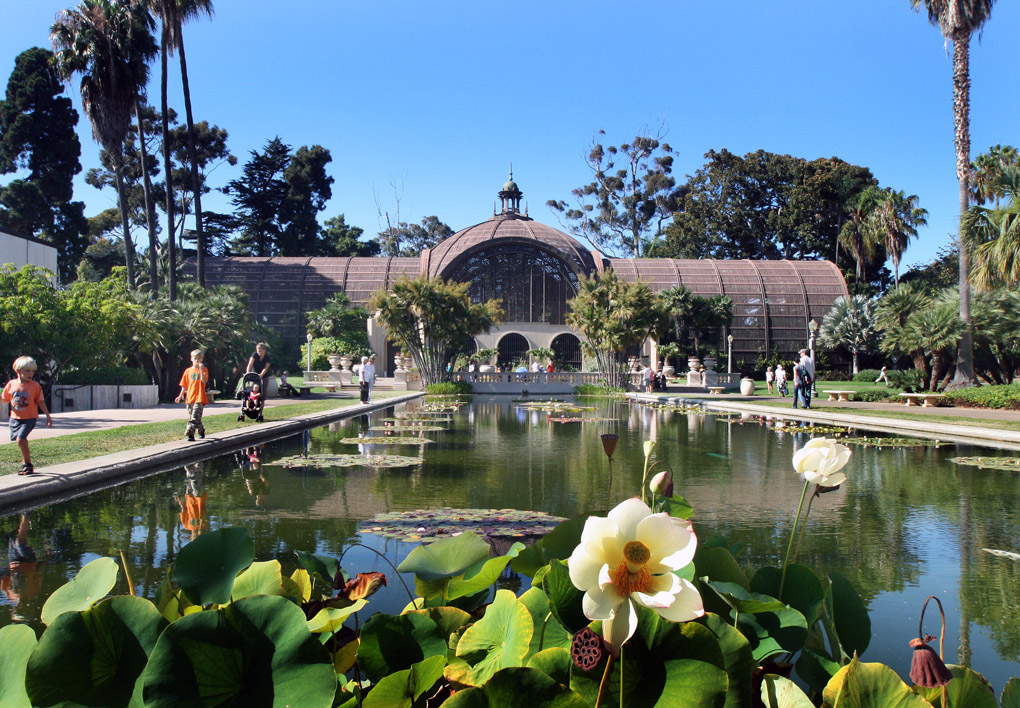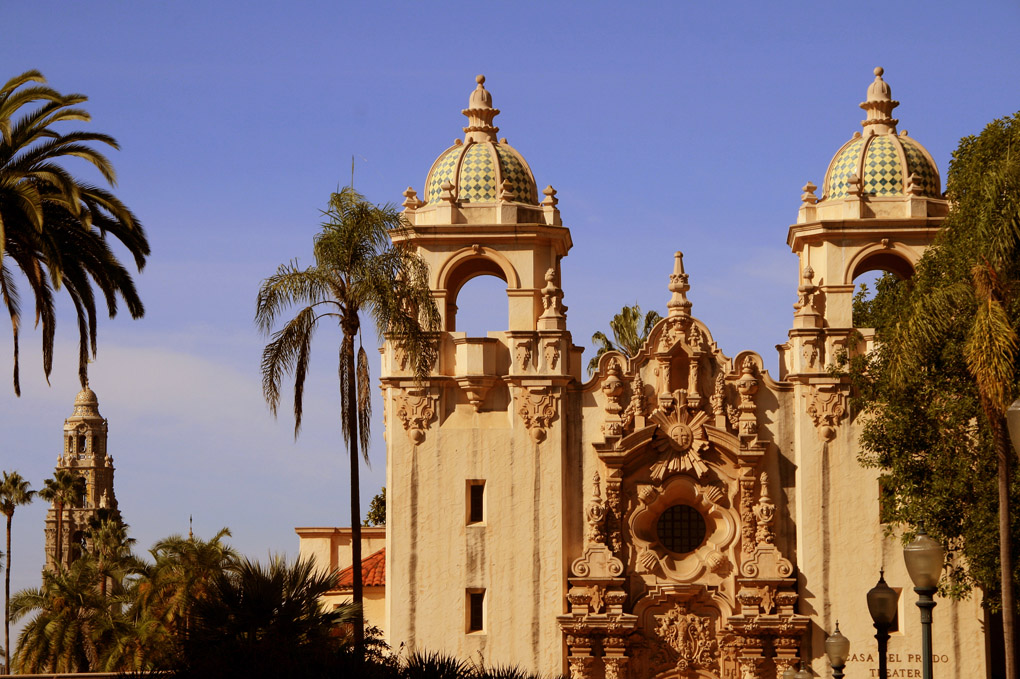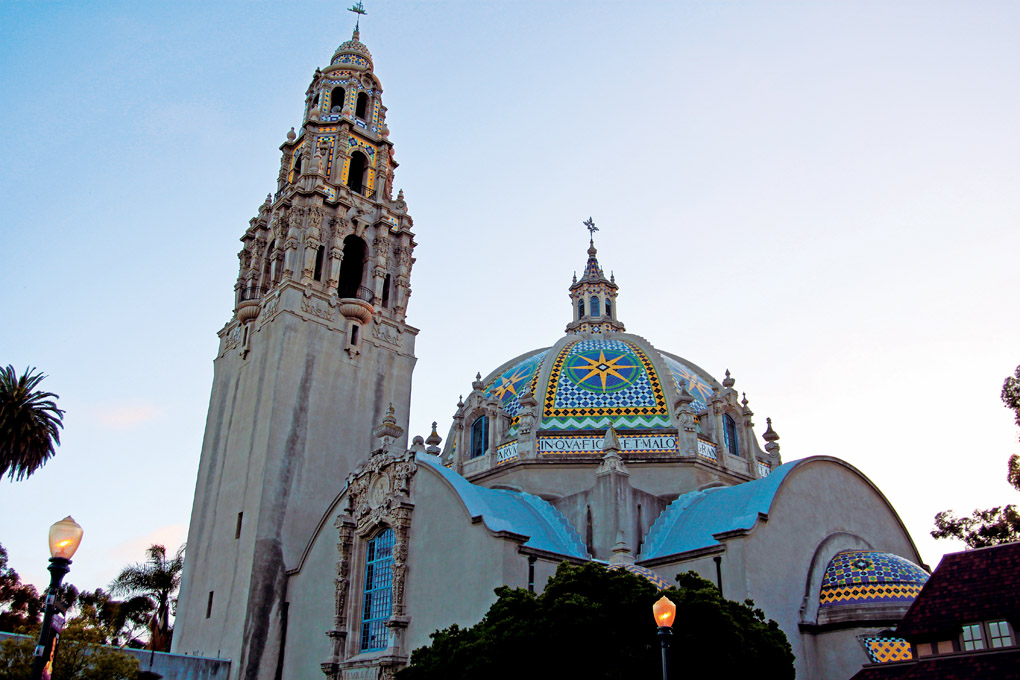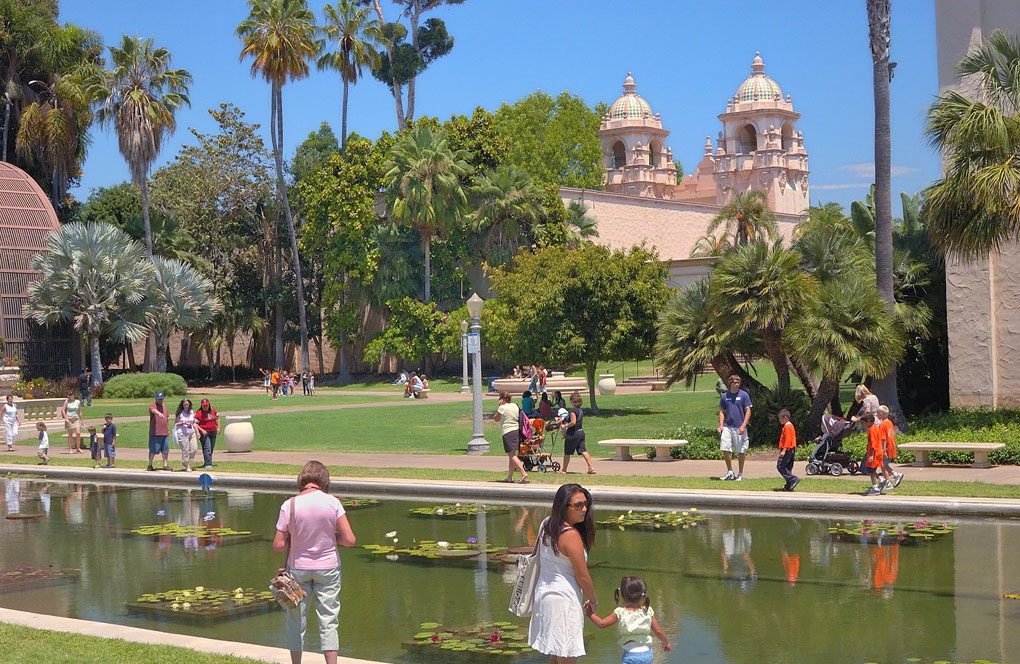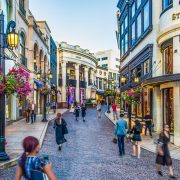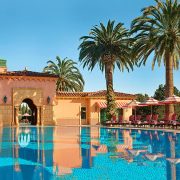Seven hidden gems in San Diego’s Balboa Park
Explore the largest urban cultural park in the USA
Often referred to as the “Smithsonian of the West” due to its large number of museums, Balboa Park is the cultural heart of San Diego. At 1,200 acres, this National Historic Landmark is the largest urban cultural park in the U.S., beating out both New York City’s Central Park and San Francisco’s Golden Gate Park in size. With 17 museums, 16 gardens, multiple theatres, shops and restaurants, visitors have access to dozens of different experiences in Balboa Park.
With sprawling grounds and so many venues to explore, many of the park’s most interesting features can go largely unnoticed by visitors. The following are 7 unique items and experiences that guests should keep an eye out for during their visit to Balboa Park.
A Free Rembrandt: No, visitors can’t take home an original Rembrandt for free, but they can view Rembrandt van Rijn’s “Saint Bartholomew” at the Timken Museum of Art at no cost. Open daily except Mondays, admission to the Timken is always free. In addition to the museum’s collection of European Old Masters, the Timken’s mid-century modern building itself is a work of art, designed by San Diego architect Frank Hope Jr.
A Hidden Chapel: Many visitors head to the Museum of Man for its informative, interactive exhibits on the history of mankind and never realize that the museum also houses a Spanish Colonial chapel built for the Panama-California Exposition of 1915. Located across from the museum’s entrance, the Francis Chapel features an elaborate gilded altar featuring the Virgin and Child in the center, flanked by Saint Francis Xavier on the left and by San Diego de Alcalá on the right. The chapel is available to rent for special events and it can be viewed by appointment.
A Historic Brass Ring: Located near the world-famous San Diego Zoo is a different kind of menagerie—one where all the animals are made of wood. Dating back to 1910, the Balboa Park Carousel is composed almost entirely of its original, hand-carved animals including horses, giraffes, dogs, camels and even a dragon. The carousel is one of the few left in the U.S. that still features a brass ring that rewards those who grab it with a free ride.
Scratch and Sniff Plants: One of the park’s original structures from 1915, the Botanical Building houses numerous plant species, ranging from delicate, multicolored orchids to voracious Venus fly traps. The building’s “scratch and sniff” section encourages visitors to rub the plants’ leaves and identify the scent (chocolate mint, anyone?). It’s a popular display for kids, but plenty of adults join in the sensory exploration.
Public Art Hidden in Plain View: While patrons wait for tables at the popular Prado restaurant, many don’t realize they are just steps away from one of the City of San Diego’s prized pieces of public art. Created by sculpture Donal Hord, the Woman of Tehuantepec Fountain was commissioned by the WPA Federal Arts Project in 1935 to capture the spirit of the New Deal. Located in courtyard of the House of Hospitality, the sculpture can be viewed 365 days a year for free.
The Land of Misfit Sports: Forget games of touch football on the lawn—in Balboa Park, it’s all about the lesser-known sports. Guests can try their hand at lawn bowling on the park’s west end, disc golf at Morley Field on the park’s east side, or give archery a go at the 30-acre Rube Powell Archery Range.
Actual Hidden Gems: On Nov. 18, 2017, the San Diego Natural History Museum opened Unshelved: Cool Stuff from Storage, an exhibition featuring the animals, plants, fossils, shells, insects, minerals and—yes—gems usually held in the museum’s extensive storage areas underground and behind gallery walls. Adjacent to the Spanish Village Art Center, the San Diego Mineral and Gem Society’s museum also showcases fine mineral, gem, lapidary and fossil specimens from around the world; admission is free.
Find out more:

